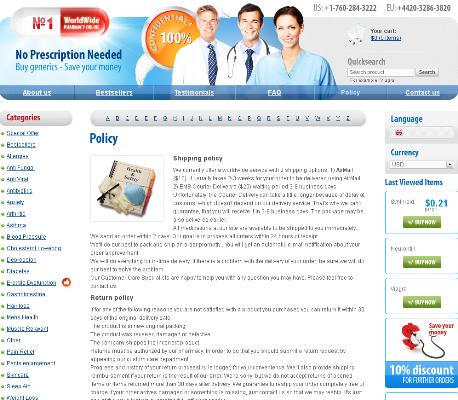Motilium for Nausea: Uses and Effectiveness
How Motilium Works Against Nausea and Vomiting
Motilium, also known as domperidone, works by targeting specific receptors in the gut and brain. Unlike many anti-nausea drugs, it acts mainly outside the brain, blocking dopamine receptors in the digestive tract to speed up stomach emptying and reduce feelings of sickness.
This action helps move food smoothly from the stomach to the intestines, relieving symptoms of bloating, discomfort, and nausea. Patients often appreciate its rapid onset, as Motilium can provide noticeable relief within 30 to 60 minutes.
| Feature | Motilium’s Action |
|---|---|
| Target Receptors | Dopamine receptors in the gut |
| Main Effect | Speeds up stomach emptying |
| Onset of Relief | 30-60 minutes |
Common Situations Where Motilium Is Prescribed

For many people dealing with persistent queasiness, motilium can become a helpful companion in daily life. Doctors often turn to this medication when patients experience nausea and vomiting not only from stomach infections but also as side effects from certain medications, such as painkillers or chemotherapy treatments. It’s especially relevant for those with slowed stomach emptying—like people living with diabetic gastroparesis—who struggle with bloating and an unsettled stomach after eating.
Motilium can also be useful for individuals facing discomfort due to indigestion, reflux, or upper gastrointestinal tract disorders. By addressing these various underlying causes, it helps restore normal digestive motion and offers much-needed relief from both acute and chronic episodes of nausea. Clinical settings frequently see this medication bridging the gap when other treatments fall short.
What Science Says about Motilium’s Effectiveness
As researchers dove into clinical trials, Motilium quickly gained attention for its ability to relieve nausea and vomiting, particularly in patients with gastrointestinal issues or those struggling with medication side effects. Scientific studies have shown that Motilium’s active ingredient, domperidone, works by speeding up gastric emptying and blocking dopamine receptors in the gut, helping patients feel relief more rapidly and consistently compared to some other anti-nausea medications.
Large-scale reviews and patient surveys further support its effectiveness, especially for mild to moderate symptoms. While not every patient experiences total relief, many report meaningful improvements in daily comfort and quality of life. However, studies also emphasize the importance of using Motilium only under medical supervision, due to potential risks and the need for tailored dosing.
Potential Side Effects You Should Know about

Anecdotal stories often highlight how Motilium quickly soothes unsettled stomachs, but every medicine comes with trade-offs. One of the most reported reactions is mild cramping or bloating, typically subsiding as your body adjusts. Less frequently, people might experience headaches or a dry mouth after taking Motilium. Uncommon but more serious side effects, such as irregular heartbeats, call for immediate medical attention. It’s also important to note that Motilium may interact with other medicines, potentially amplifying risks. While most users tolerate Motilium well, it’s wise to remain vigilant, especially if you have preexisting health conditions or take multiple medications.
Safe Usage Guidelines and Dosage Recommendations
Before starting motilium, it’s essential to follow your healthcare provider’s specific instructions. The usual adult dosage is 10 mg taken up to three times a day, ideally before meals. For children, the dosage depends on weight and should be calculated by a pediatrician. Never increase the dose on your own, as taking too much can raise the risk of side effects, including heart rhythm disturbances.
Motilium should generally not be used for longer than seven days without medical supervision. If symptoms persist after a week, speak with your doctor before continuing. People with liver problems or certain heart conditions may need special consideration before using this medication.
Never combine motilium with certain other drugs, such as strong CYP3A4 inhibitors, as serious interactions can occur. Always inform your doctor about all medications you are taking.
| Age Group | Typical Dosage | Usage Frequency |
|---|---|---|
| Adults | 10 mg | Up to 3 times daily |
| Children | By weight | As prescribed |
Comparing Motilium to Other Nausea Treatments
Motilium stands out from many traditional nausea treatments by targeting dopamine receptors in the gut, which helps quicken stomach emptying and relieve symptoms faster. In contrast, options like antihistamines or ondansetron work through different pathways and may be preferred in cases of motion sickness or chemotherapy-induced nausea.
When choosing a treatment, doctors weigh factors like effectiveness, side effect profile, and patient history. Motilium is often preferred for mild to moderate gastrointestinal nausea, though it’s not always the first-line choice if cardiac risks are present.

